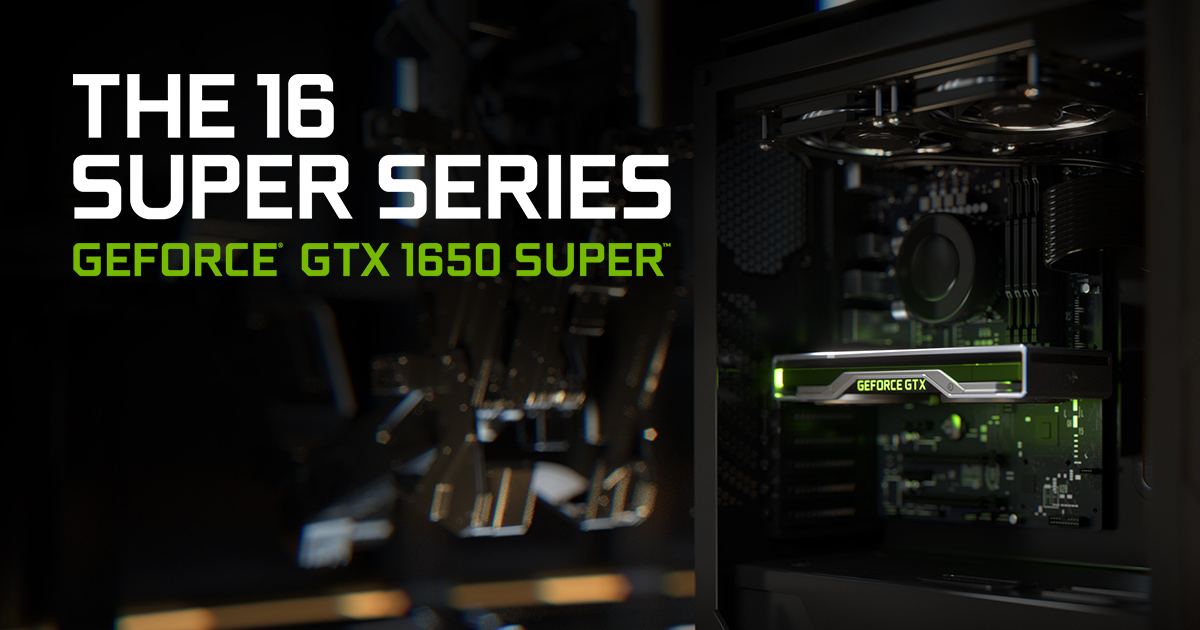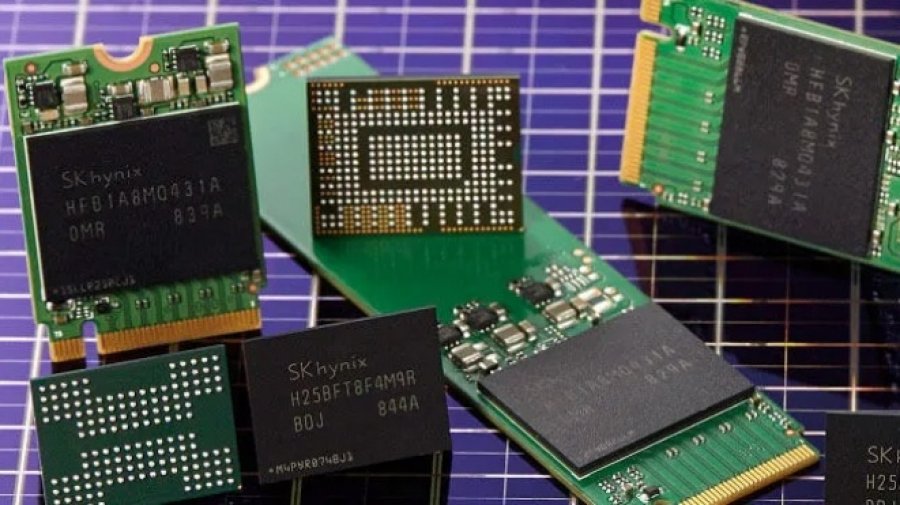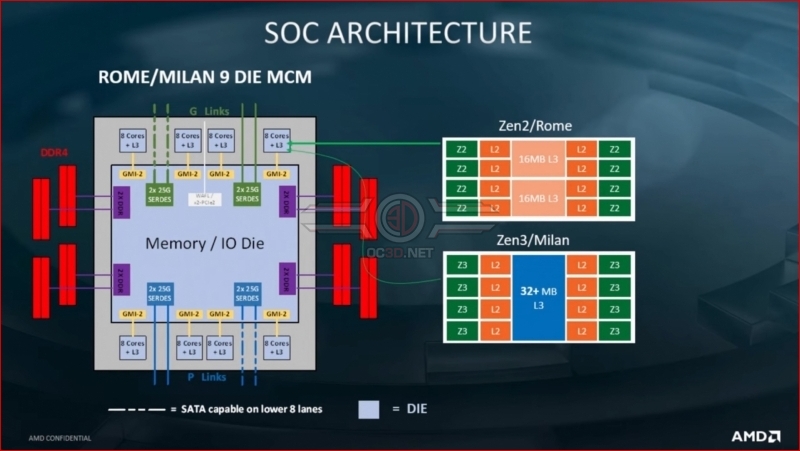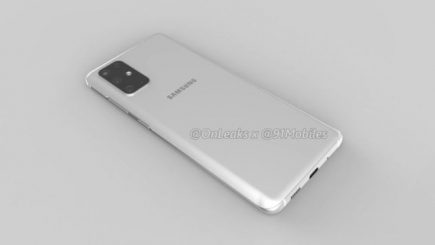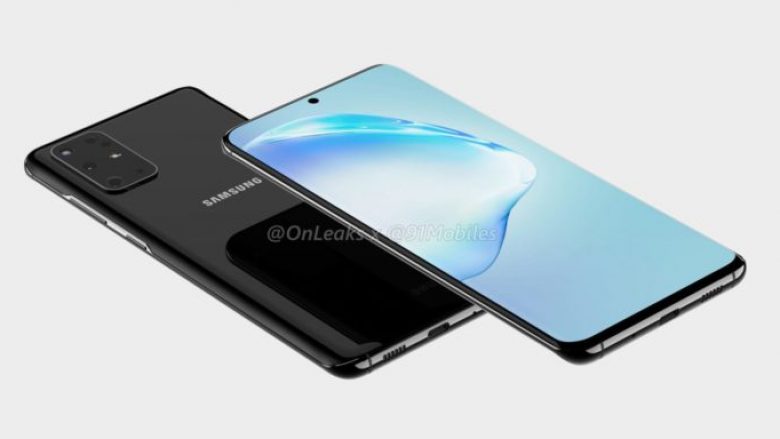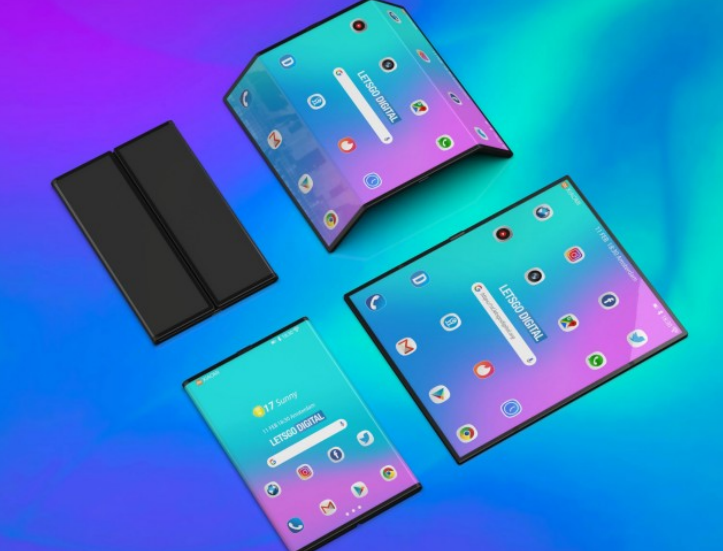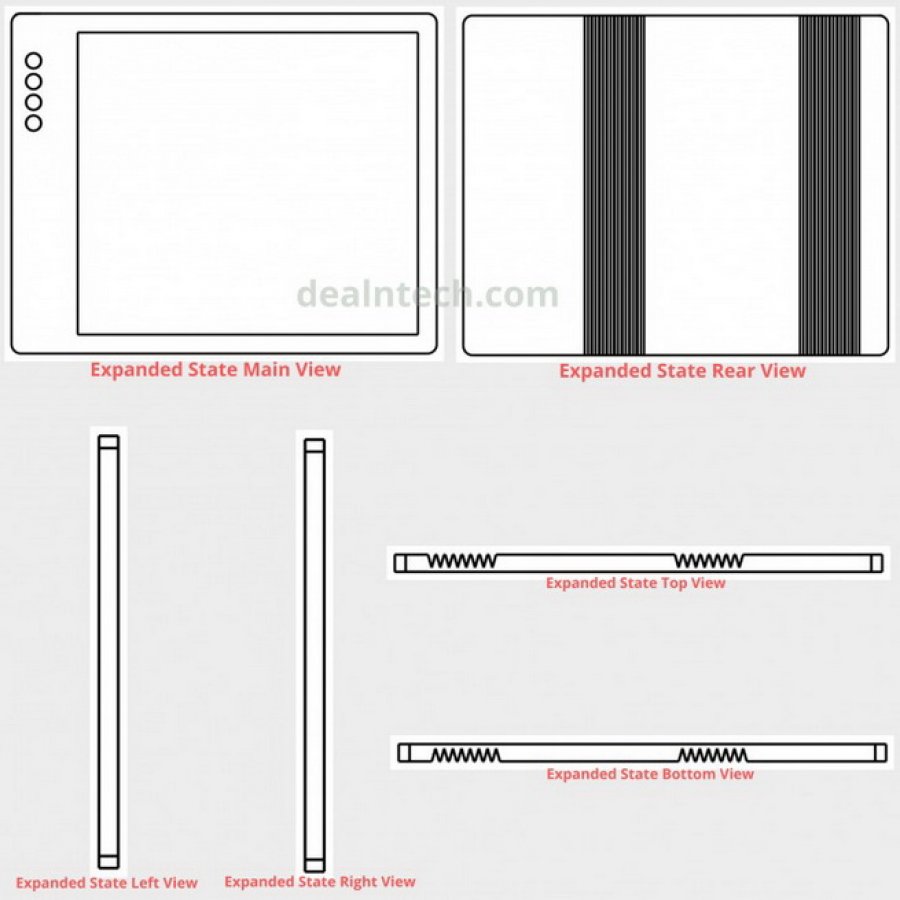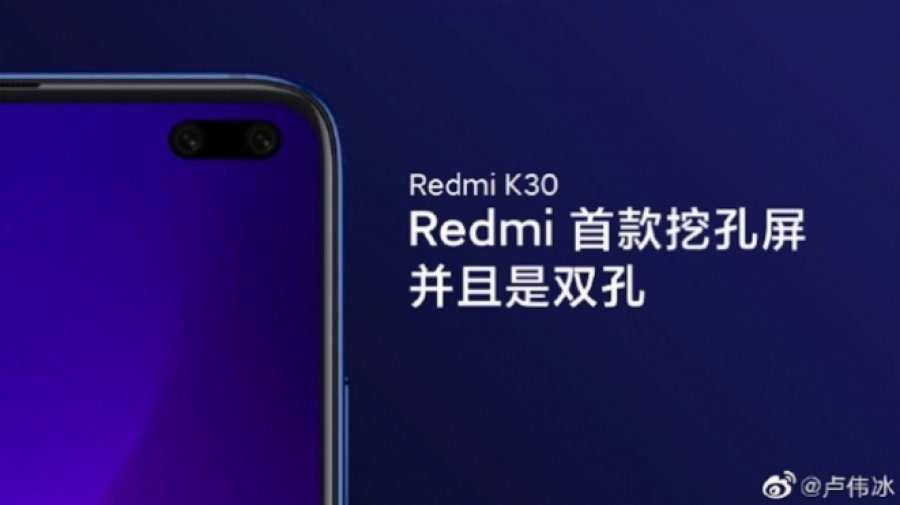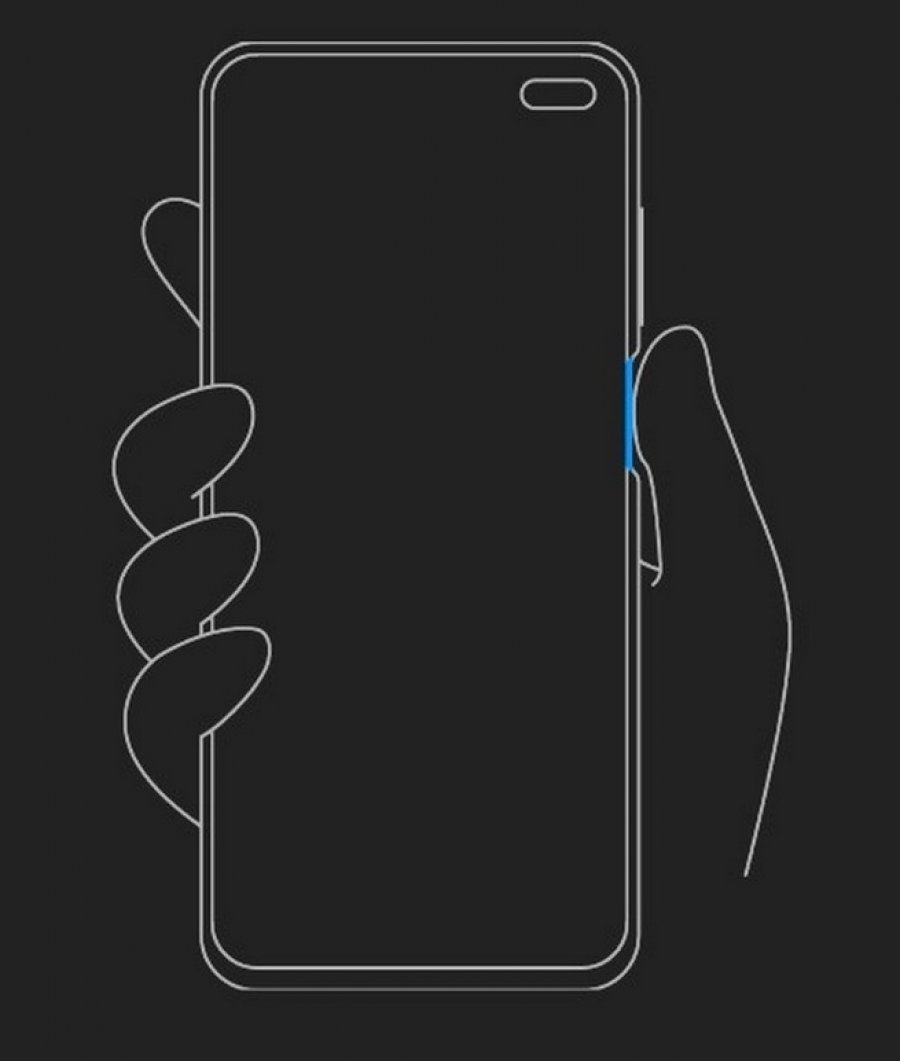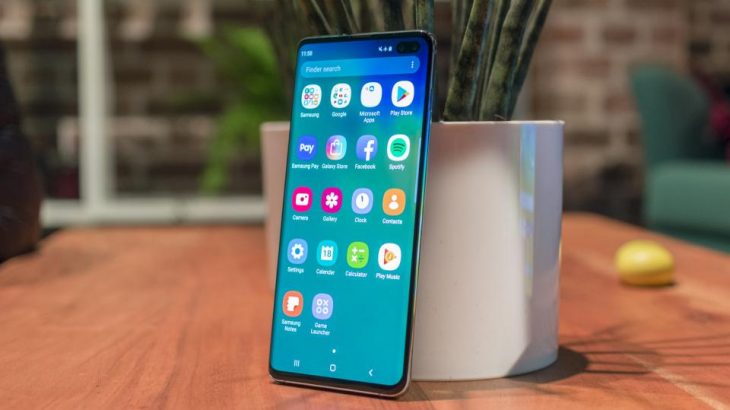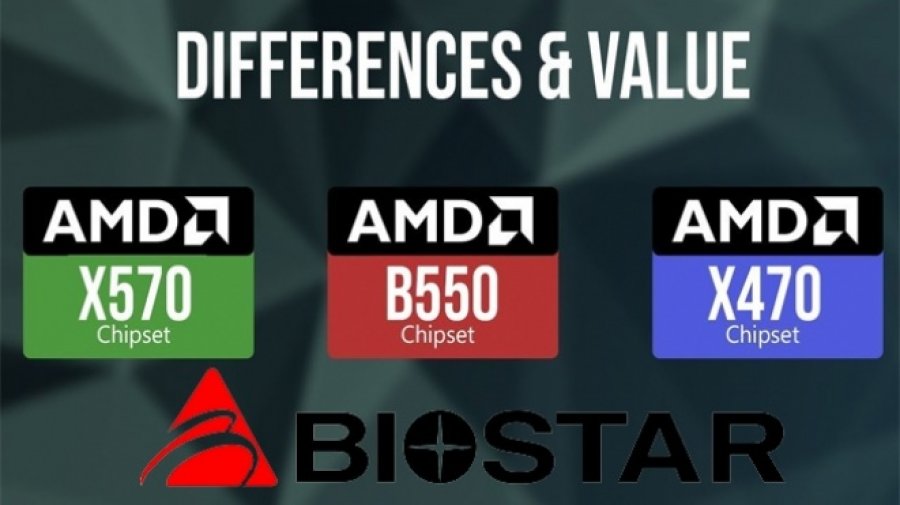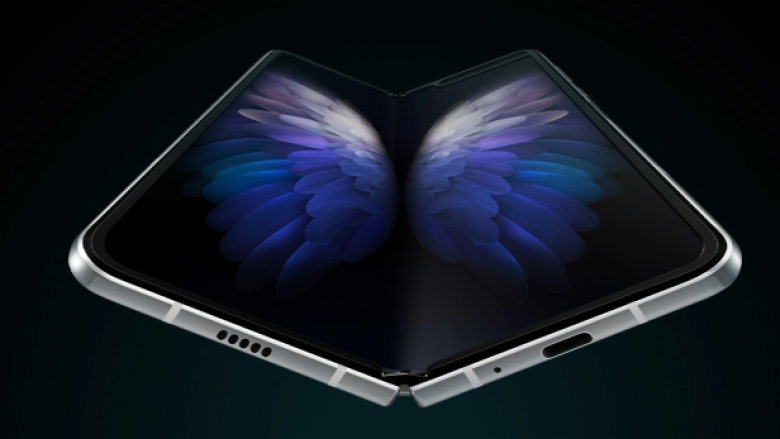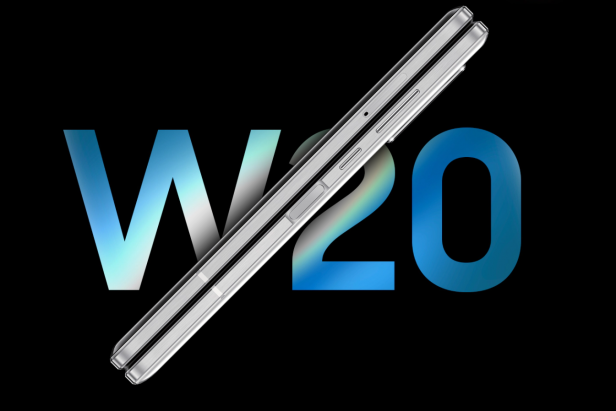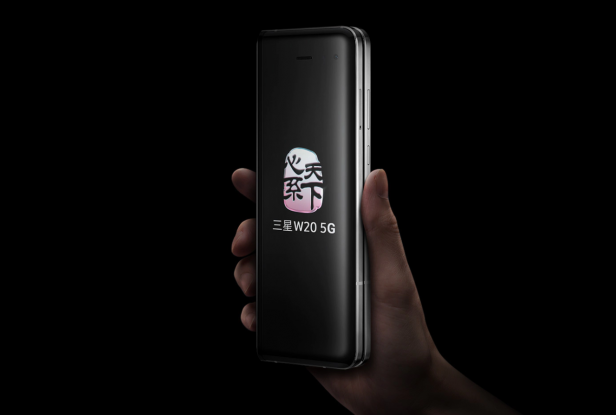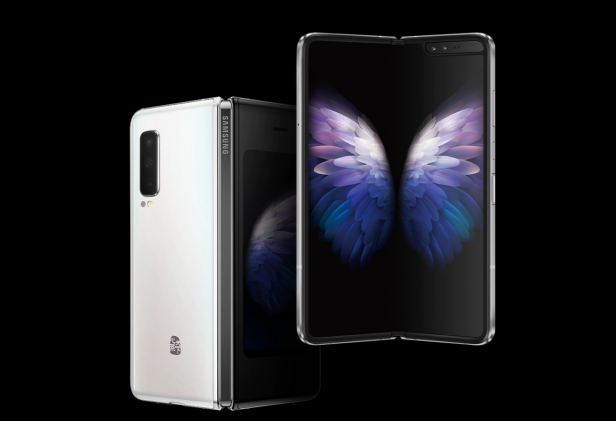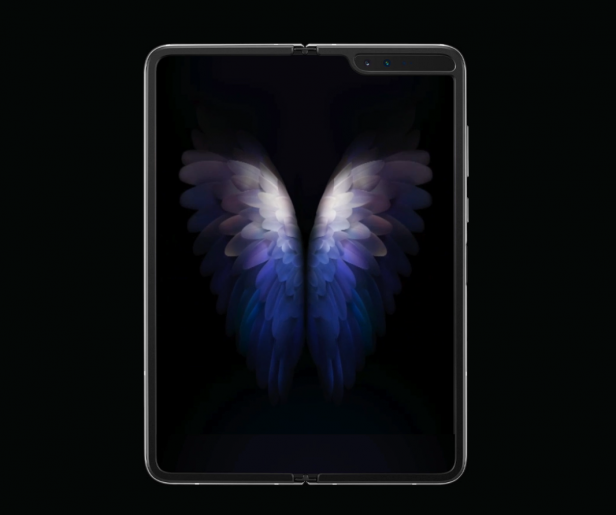Nvidia has officially launched the GeForce GTX 1650 Super graphics card, which is projected to be a strong mid-range gaming acceleration superstar.
Preliminary results suggest that the GTX 1650 Super is 50% faster than the similar GTX 1650 model and twice as fast as the GTX 1050 positioned earlier in the same class.
The GeForce GTX 1650 Super uses a Turing-class graphics processor with 1280 CUDA executable cores and a base frequency of 1530 MHz, while in turbo mode up to 1725 MHz. It is equipped with 4 GB of GDDR6 fast video memory, and the charge is set at the 100W limit.
> Read next: Dynamic E-mail in Gmail, what does it means for users?
So what do you think about this? Let us know your thoughts in the comments section below, follow us on twitter and facebook for more news and updates.
